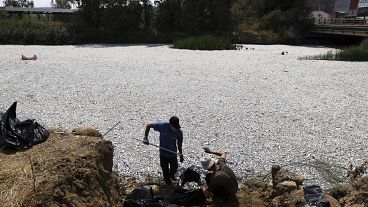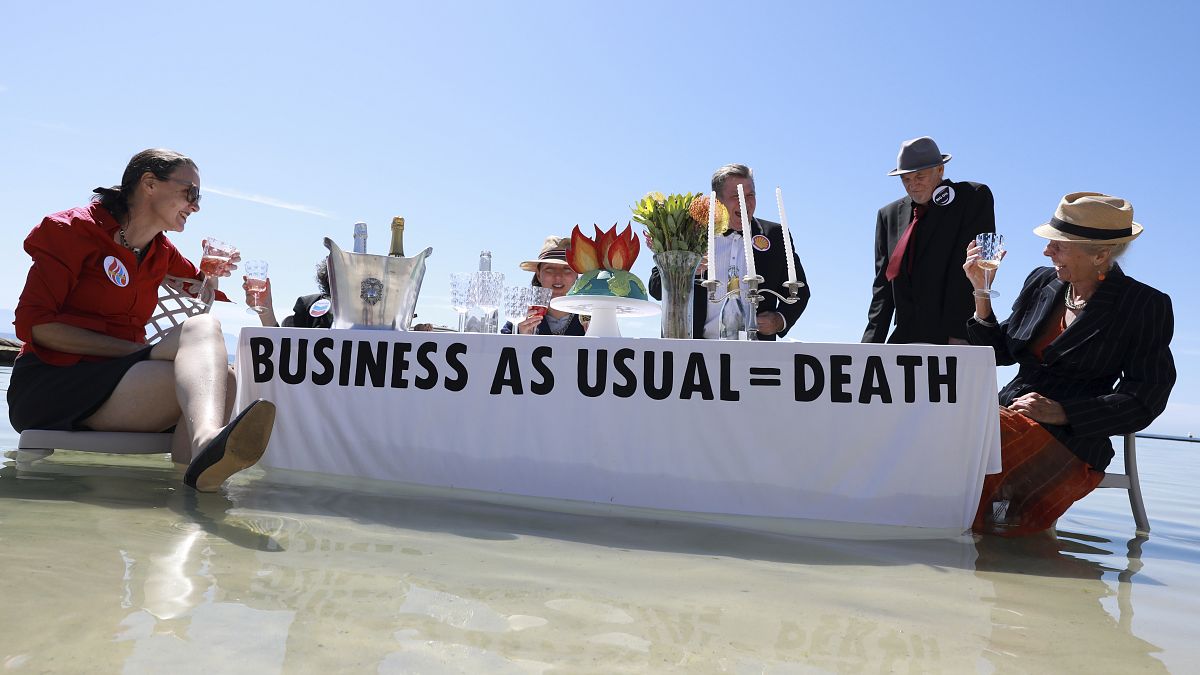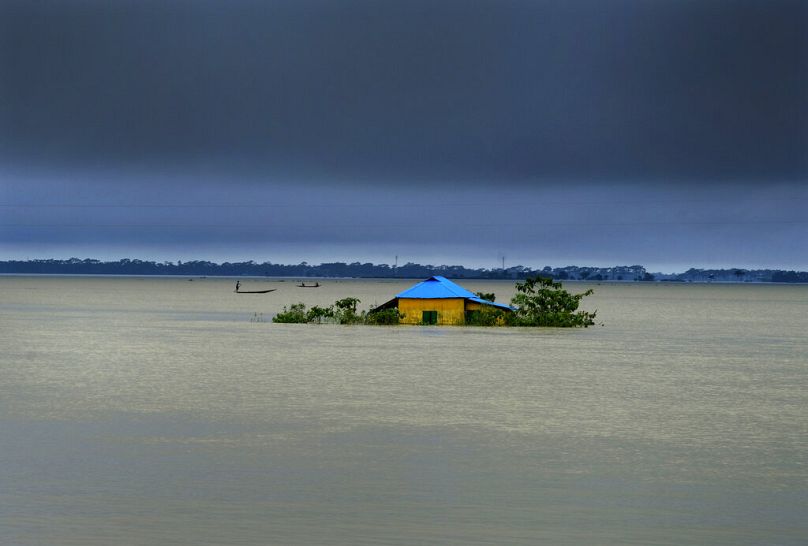During the last decade, rising sea levels have already been a problem for cities around the world and scientists warn of further risks.
Rising global sea levels are less visible to the eye than many other effects of climate change. But these, like other problems, have accelerated significantly in recent decades. Since 1990, sea levels have increased by about 10 centimetres.
According to scientists, even in an ideally favourable scenario, sea levels will have risen by more than half a metre by the end of the century. In the worst-case scenario, they will reach 1.5 meters by 2100.
This will lead to the flooding of vast and densely populated areas. Some island states of Oceania may disappear entirely.
If sea levels rise by one metre in Europe, some 13 million people in existing or potential flood zones could be forced to leave their homes.
In Asia, it will affect the extremely populous deltas of large rivers, such as the Ganges delta in Bangladesh. This could also result in new conflicts fuelled by increased poverty, low resources, and ethnoreligious tensions.
Moreover, international law does not currently address such situations as the loss of territory due to the effects of climate change.
In Oceania, entire island populations have already been evacuated. In Southeast Asia, some big cities, like Jakarta, are being forced to look for new ways to deal with rising sea levels and coastal erosion caused by human activity.
Wealthy countries, such as the Netherlands, can afford to build dams, but even so, the future costs could be very high. Countries in the developing world cannot afford these short-term solutions, and therefore the risk of conflict caused by land flooding will be the highest in these regions.













